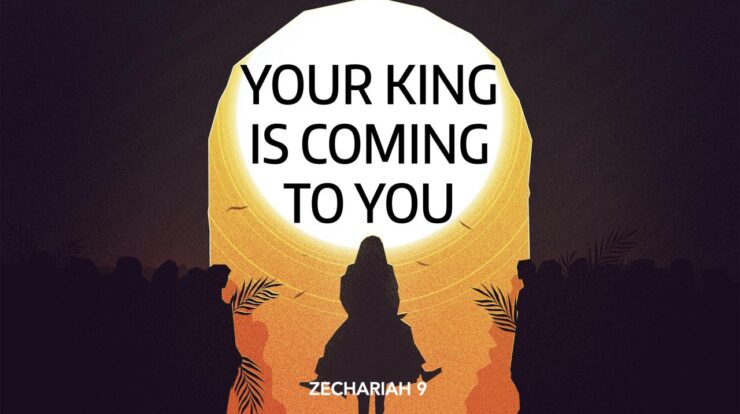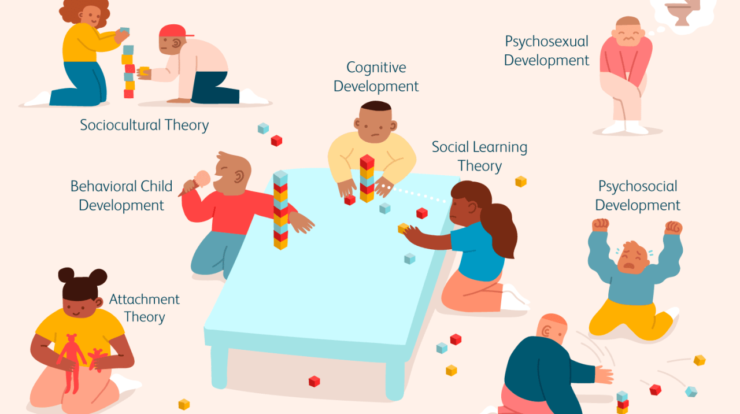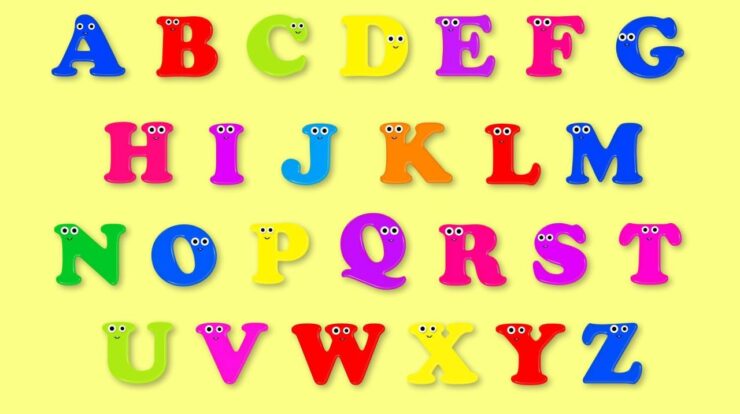Rebirth of the emperor in the reverse world chapter 4 – In “The Rebirth of the Emperor in the Reverse World: Chapter 4,” the emperor’s rebirth in the reverse world sets the stage for a captivating tale filled with unique dynamics and challenges. The emperor’s motivations and goals after his rebirth drive the narrative forward, promising an engaging exploration of character development and world-building.
Emperor’s Rebirth
The emperor’s rebirth in the reverse world was an extraordinary event that defied all expectations. Once a revered ruler in his former life, he found himself reincarnated into a world where everything was different, a place where the familiar was foreign, and the known was now unknown.
This rebirth held immense significance for the story, as it set the stage for a captivating journey of self-discovery, redemption, and ultimate triumph. The emperor, now stripped of his former glory and burdened with a new identity, had to navigate a treacherous path filled with challenges and obstacles.
Emperor’s Motivations and Goals
Driven by a burning desire to understand his purpose in this new world, the emperor embarked on a quest for knowledge and enlightenment. He sought to unravel the mysteries surrounding his rebirth, to reclaim his lost memories, and to forge a new destiny for himself.
Along the way, he encountered allies and adversaries, each shaping his journey in unique ways. Through trials and tribulations, he discovered hidden strengths within himself, and his resolve to reshape his fate grew stronger with each passing day.
Reverse World Dynamics

In the reverse world, a realm of topsy-turvy rules, the emperor finds himself in an unfamiliar landscape where the foundations of his previous existence are upended. The once-familiar norms of society and nature have been twisted, presenting both challenges and opportunities that he must navigate with cunning and adaptability.
Unconventional Laws of Nature
The laws of nature in the reverse world are a constant source of surprise and bewilderment. Gravity operates in reverse, causing objects to float upwards instead of sinking down. Time flows backward, making it possible to relive past events but impossible to predict the future.
The sun rises in the west and sets in the east, casting a surreal glow upon the land.
- Floating Islands: The reversed gravity creates floating islands that hover in the sky, creating a breathtaking yet treacherous landscape.
- Temporal Anomalies: Time anomalies allow individuals to revisit past events, offering a chance to correct mistakes or witness history firsthand.
- Reversed Celestial Bodies: The reversed movement of celestial bodies disrupts navigation and astronomy, forcing explorers to adapt to the unpredictable patterns.
Altered Social Dynamics
Social hierarchies and customs have been reversed in the reverse world. The young are revered as elders, while the elderly are treated as children. Women hold positions of power and authority, while men are relegated to domestic roles. These颠倒的 norms force the emperor to challenge his preconceptions and adapt to a society that values different attributes.
- Inverted Age Hierarchy: Youth is celebrated and respected, while age is seen as a sign of decline and weakness.
- Gender Role Reversal: Women dominate in leadership and decision-making, while men are expected to focus on household tasks.
- Unfamiliar Customs: Social customs, such as greetings, etiquette, and marriage practices, are drastically different, requiring the emperor to learn and adjust.
Opportunities and Challenges
The reverse world presents both opportunities and challenges for the emperor. The unconventional laws of nature can be harnessed for strategic advantage, while the altered social dynamics require a flexible and adaptable mindset. By embracing the chaos and uncertainty, the emperor can forge new alliances and discover hidden paths to power.
- Strategic Advantages: The reversed gravity and time anomalies can be used to gain tactical advantages in warfare or exploration.
- Unpredictable Alliances: The颠倒的 social norms create unexpected alliances and rivalries, forcing the emperor to navigate a complex political landscape.
- Hidden Knowledge: The reverse world holds secrets and knowledge that can only be discovered by those willing to embrace its unconventional nature.
Chapter 4 Summary
In Chapter 4, the emperor is forced to confront the consequences of his actions. He is confronted by a group of rebels who are determined to overthrow him. The emperor is forced to fight for his life and in the process, he discovers that he is not as powerful as he once thought.
The emperor’s journey in this chapter is one of self-discovery. He learns that he is not invincible and that he must rely on others to help him achieve his goals. He also learns that he must be willing to change in order to survive.
Emperor’s Vulnerability
The emperor’s vulnerability is revealed in his battle with the rebels. He is forced to fight for his life and in the process, he discovers that he is not as powerful as he once thought. He is wounded and nearly killed, but he is saved by his loyal followers.
Emperor’s Reliance on Others
The emperor’s reliance on others is revealed in his interactions with his followers. He learns that he cannot achieve his goals without their help. He also learns that he must be willing to trust them and to delegate responsibility.
Emperor’s Need for Change
The emperor’s need for change is revealed in his decision to leave the palace. He realizes that he cannot continue to rule in the same way that he has been. He must be willing to change in order to survive.
Significance of the Chapter’s Ending
The chapter’s ending is significant because it marks a turning point in the emperor’s journey. He has learned that he is not invincible and that he must rely on others to help him achieve his goals. He has also learned that he must be willing to change in order to survive.
This newfound knowledge will serve him well as he continues his journey.
Character Development
In Chapter 4, the emperor’s character undergoes significant development. Through his experiences and interactions, he learns valuable lessons that shape his personality and motivations.
Emperor’s Experiences and Interactions
The emperor’s interactions with his subjects, particularly the young servant girl, provide him with a new perspective on life. He witnesses her resilience and determination, which inspires him to become a more compassionate and just ruler. Additionally, his encounter with the rebel leader challenges his beliefs and forces him to question his own actions.
Emperor’s Personality and Motivations
These experiences influence the emperor’s personality, making him more empathetic and understanding. He begins to realize the importance of listening to his people and considering their needs. His motivations shift from self-preservation to the well-being of his kingdom.
Relationships with Other Characters
The emperor’s relationships with other characters also play a crucial role in his development. His bond with the servant girl fosters his empathy and kindness, while his conflict with the rebel leader forces him to confront his own shortcomings. These relationships help him grow as a person and become a more effective ruler.
Symbolism and Motifs
Chapter 4 of Rebirth of the Emperor in the Reverse World employs a rich tapestry of symbols and motifs that enhance the narrative’s depth and meaning. These elements create a framework for interpreting the story’s themes and foreshadowing future events.
Light and Darkness
- Light represents hope, renewal, and the protagonist’s journey towards redemption. It is associated with the protagonist’s past life as the Emperor and his determination to reclaim his throne.
- Darkness symbolizes the obstacles and challenges the protagonist faces in the reverse world. It represents the corruption and injustice that he must overcome to restore balance.
Water and Rebirth
- Water is a recurring motif that symbolizes purification, renewal, and the protagonist’s journey towards a new beginning. It is associated with the protagonist’s baptism and his subsequent transformation.
- Rebirth is a central theme in the chapter, as the protagonist sheds his past identity and embraces his destiny as the Emperor of the reverse world.
Metaphors and Foreshadowing
The chapter also employs several metaphors and foreshadowing devices to enhance the narrative’s impact.
- The protagonist’s journey is described as a “storm,” foreshadowing the challenges he will face in the future.
- The protagonist’s dream of a “golden crown” symbolizes his desire to reclaim his throne and restore order to the reverse world.
Historical and Cultural Context
Chapter 4 of “Rebirth of the Emperor in the Reverse World” is steeped in historical and cultural influences that shape the narrative and its characters. The story draws upon ancient Chinese history and mythology, incorporating elements of Taoism and Confucianism, to create a unique and immersive setting.
Ancient Chinese History
The story’s setting in the Eastern Continent draws inspiration from ancient China. The characters’ names, clothing, and customs reflect historical Chinese traditions. The emperor’s court, with its elaborate rituals and hierarchical structure, is reminiscent of the imperial courts of the Han and Tang dynasties.
The conflict between the protagonist, Li Tianming, and the Ninefold Hell’s Emperor echoes historical power struggles between Chinese emperors and rebel leaders. Li Tianming’s journey to reclaim his throne and restore order to the realm parallels the rise of legendary Chinese emperors who overcame adversity to establish their rule.
Taoism and Confucianism, Rebirth of the emperor in the reverse world chapter 4
The story also incorporates elements of Taoism and Confucianism, two influential Chinese philosophies. Taoism’s emphasis on balance and harmony is reflected in the character of Li Tianming, who seeks to find a balance between his personal ambitions and the well-being of his people.
Confucian values of loyalty, respect, and duty are also evident in the story. Li Tianming’s unwavering loyalty to his family and his commitment to restoring order to the realm demonstrate his adherence to Confucian principles.
Concluding Remarks: Rebirth Of The Emperor In The Reverse World Chapter 4
Chapter 4 of “The Rebirth of the Emperor in the Reverse World” offers a compelling continuation of the story, leaving readers eager for the next installment. The emperor’s journey through the reverse world is fraught with challenges and opportunities, and his character development promises to be a highlight of the narrative.
The interplay between symbolism, motifs, and historical context adds depth and richness to the story, making it a memorable and thought-provoking read.
Common Queries
What is the significance of the emperor’s rebirth in the reverse world?
The emperor’s rebirth in the reverse world presents a unique opportunity for him to rectify past mistakes and forge a new path. It also sets the stage for an exploration of the dynamics and challenges of the reverse world.
How does the reverse world differ from the emperor’s previous world?
The reverse world operates on different rules and customs, presenting the emperor with unfamiliar challenges and opportunities. These differences drive the plot forward and add depth to the world-building.
What are the key events that occur in Chapter 4?
Chapter 4 focuses on the emperor’s interactions with other characters, the development of his plans, and the challenges he faces in the reverse world. It also provides insights into his motivations and goals.


